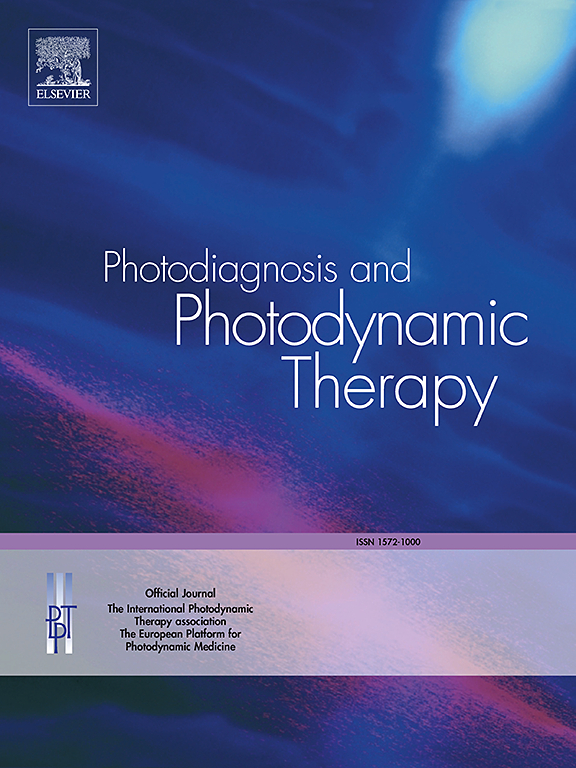A meta-analysis of surgical margin status and prognosis after precise resection of liver cancer using fluorescence imaging-guided surgery
IF 3.1
3区 医学
Q2 ONCOLOGY
引用次数: 0
Abstract
Background
The aim of this study is to evaluate the value of intraoperative fluorescence imaging in assisting tumor localization and margin delineation during liver resection surgery, with the goal of improving the negative surgical margin rate and overall margin status.
Methods
A systematic search was conducted in the PubMed, Web of Science, Embase, and Cochrane Library databases for studies on the use of fluorescence imaging to aid in tumor localization and margin detection in liver cancer published between their inception and March 2025. After quality assessment of the included studies, a meta-analysis was performed using the STATA/SE 12.0 statistical software.
Results
A total of 10 studies comprising 1097 patients were included in this meta-analysis. Compared to conventional liver resection, fluorescence-guided hepatectomy significantly increased the R0 resection rate [Odds ratio (OR) = 2.51, 95 % confidence intervals (CI): 1.65, 3.81, P = 0.000], with similar results observed in subgroup analyses. In addition, the fluorescence-guided hepatectomy group showed significantly less intraoperative blood loss [Weighted mean differences (WMD) = -100.53, 95 % CI:171.38, -29.68, P = 0.005]. However, no statistically significant differences were observed between the two groups in terms of margin distance, operative time, intraoperative transfusion, hospital stay, or overall complication rate.
Conclusion
Fluorescence-guided hepatectomy can effectively increase the R0 resection rate and may contribute to reducing postoperative recurrence of liver cancer. However, further multicenter randomized controlled trials with larger sample sizes are needed to validate its impact on margin distance, operative time, intraoperative transfusion, hospital stay, and complication rates.
荧光成像引导下肝癌精确切除后手术切缘状况及预后的meta分析。
背景:本研究的目的是评估术中荧光成像在肝切除手术中辅助肿瘤定位和边界划定的价值,以提高手术阴性边缘率和整体边缘状况。方法:系统检索PubMed、Web of Science、Embase和Cochrane图书馆数据库,检索自该数据库成立至2025年3月期间发表的利用荧光成像辅助肝癌肿瘤定位和边缘检测的研究。在对纳入的研究进行质量评估后,使用STATA/SE 12.0统计软件进行meta分析。结果:本荟萃分析共纳入10项研究,共1097例患者。与常规肝切除术相比,荧光引导下肝切除术显著提高R0切除率[比值比(OR) = 2.51,95%可信区间(CI): 1.65, 3.81, P = 0.000],在亚组分析中也观察到类似结果。此外,荧光引导下肝切除术组术中出血量明显减少[加权平均差异(WMD) = -100.53,95% CI: -171.38, -29.68, P = 0.005]。然而,两组在切缘距离、手术时间、术中输血、住院时间或总并发症发生率方面无统计学差异。结论:荧光引导下肝切除术可有效提高R0切除率,有助于减少肝癌术后复发率。然而,需要进一步的大样本量的多中心随机对照试验来验证其对切缘距离、手术时间、术中输血、住院时间和并发症发生率的影响。
本文章由计算机程序翻译,如有差异,请以英文原文为准。
求助全文
约1分钟内获得全文
求助全文
来源期刊

Photodiagnosis and Photodynamic Therapy
ONCOLOGY-
CiteScore
5.80
自引率
24.20%
发文量
509
审稿时长
50 days
期刊介绍:
Photodiagnosis and Photodynamic Therapy is an international journal for the dissemination of scientific knowledge and clinical developments of Photodiagnosis and Photodynamic Therapy in all medical specialties. The journal publishes original articles, review articles, case presentations, "how-to-do-it" articles, Letters to the Editor, short communications and relevant images with short descriptions. All submitted material is subject to a strict peer-review process.
 求助内容:
求助内容: 应助结果提醒方式:
应助结果提醒方式:


